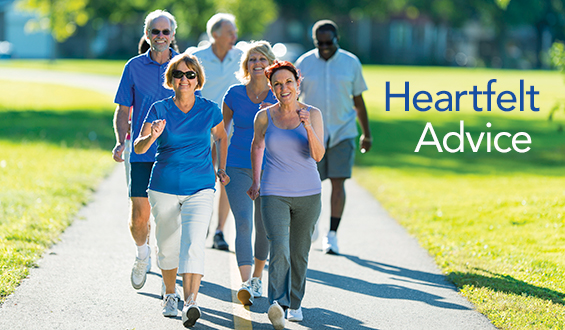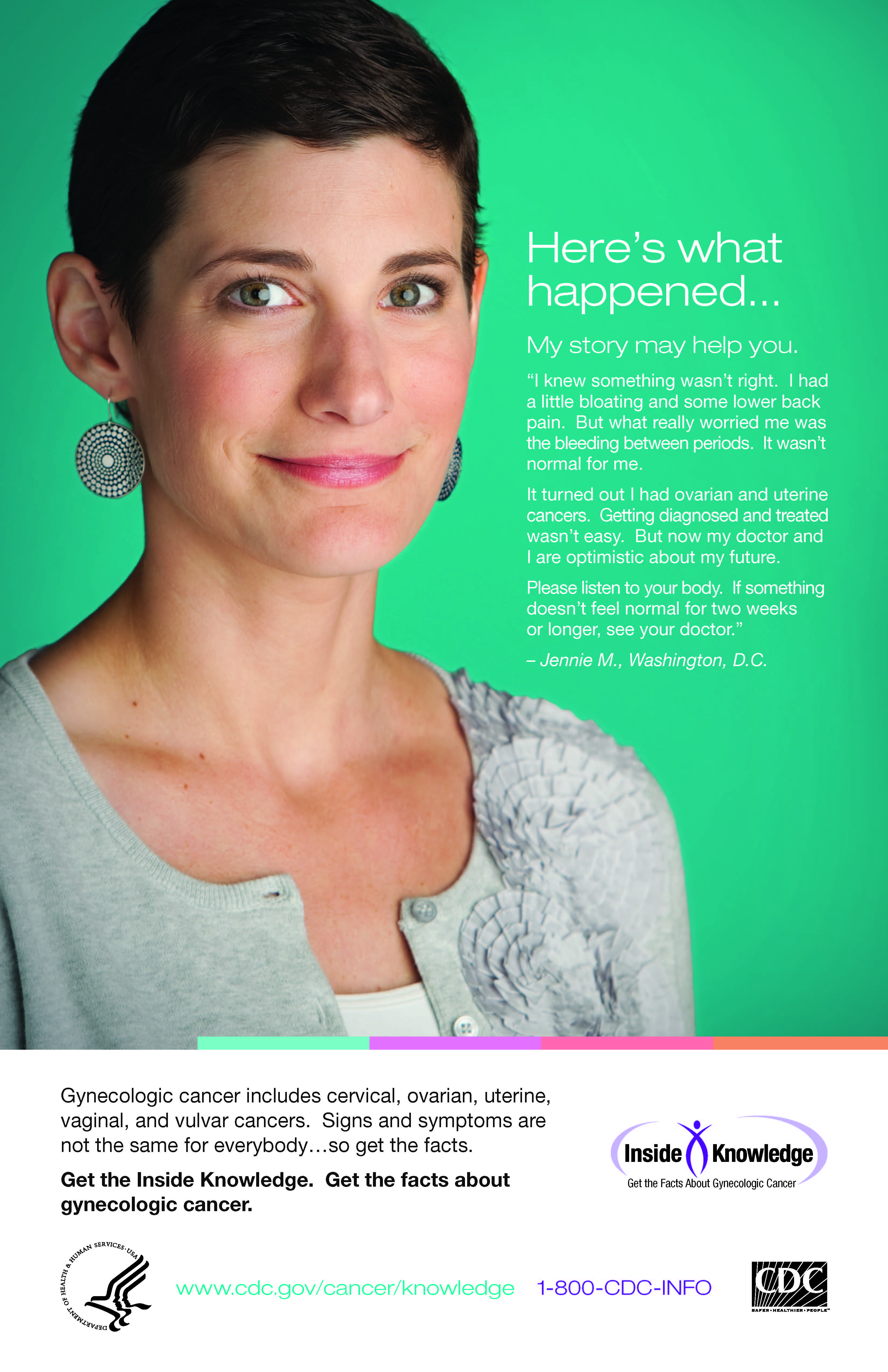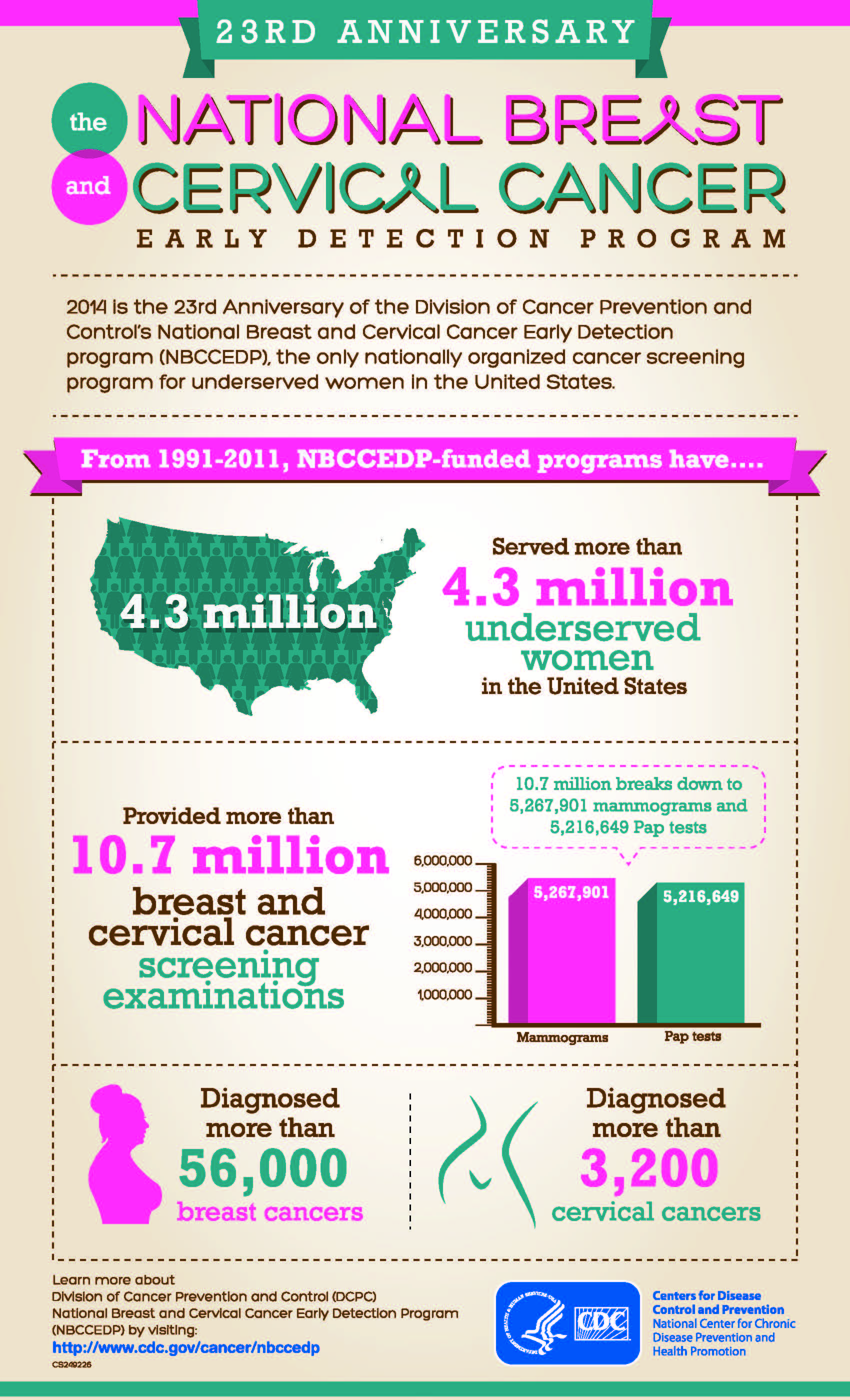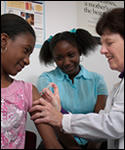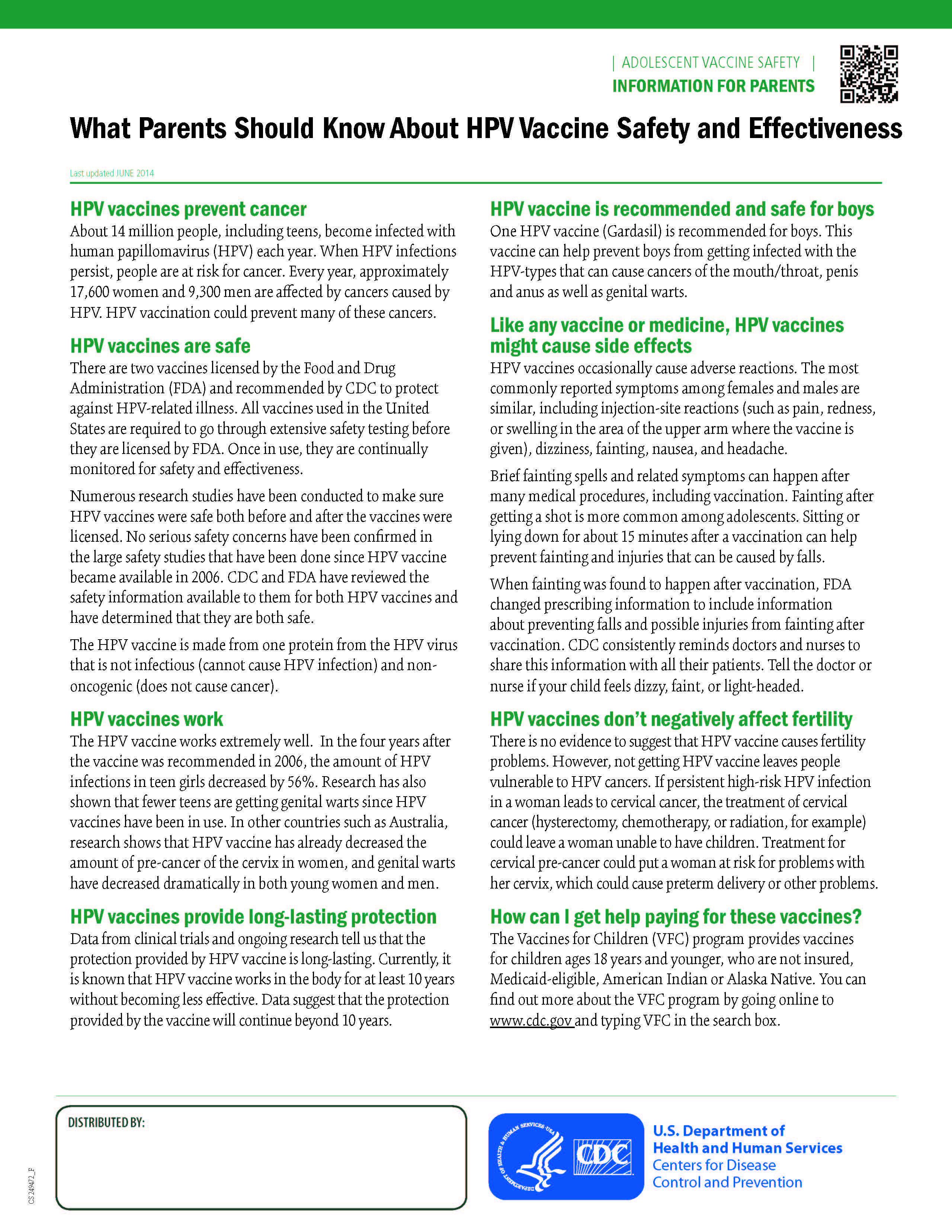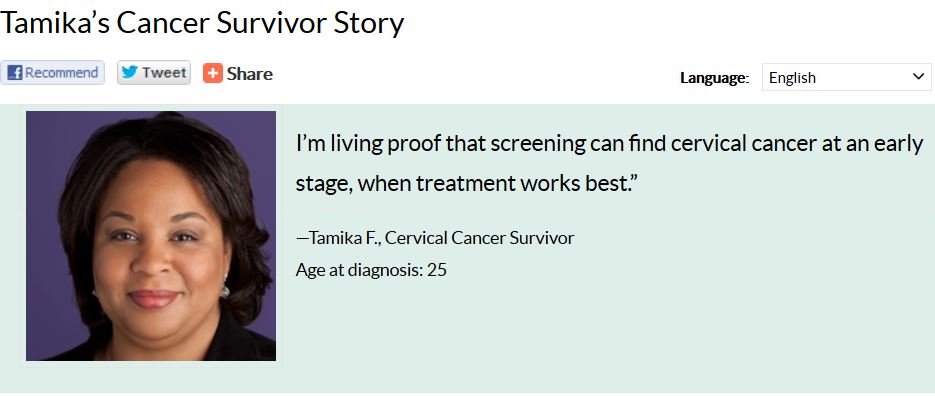- Heartfelt Advice
- Lowdown on Body Fat
- Serious Exercise for Homebodies
- Care for Your Rotator Cuff
- Goodbye Tobacco, For Good
- Tips for Executive Meetings
- Ways to Feel More Accomplished
- Why Do You Procrastinate
- Buying Your First Stock
- Can You Have Good Debt
- Beware of Financial Aid Scams
- Preventing Mold
- It’s Cold Outside: Stay Warm
- Calling All Cell Phones
- Secrets Of Organic Food Labeling
Author Archives: Mary Proffitt
ENJOY YOUR MEAL MINDFULLY…
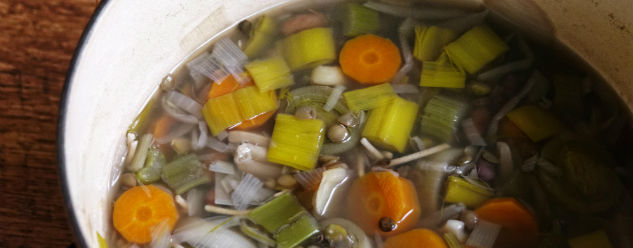 ENJOY YOUR MEAL MINDFULLY…
ENJOY YOUR MEAL MINDFULLY…
and show anxiety the door
Your brain and your gut are intimately connected; in fact, our GI (gastrointestinal) tract, like the brain in your head, is packed with neurotransmitters like serotonin and dopamine – which is why the gut is often referred to as “the second brain.” Too much stress and anxiety can upset the balance of bacteria in our guy, which contributes to the IBS-type problems that many of us are familiar with when we feel like we’re under the gun. And when coritsol, our primary stress hormone, goes into overdrive, that actually promotes fat gain around the middle, the last thing we want. If a stressed-out brain can make life miserable for the belly by upsetting digestion and adding on pounds, the good news is that with a little training, you can use your mind to help heal the damage.
A good place to start is with mindful eating. When we eat mindfully, we give the “cephalic” (from the Greek, “in the head”) digestion system the time it needs to properly digest food without irritation or inflammation, engaging with your body’s inner sense of satiety or fullness, and spacing meals so that the guy has time to cleanse itself and prepare for the next intake of food (no more “grazing” throughout the day!) One of my favorite mindfulness practices does double-duty, lowering stress hormone levels (which can wreak havoc on digestion) and trains you to focus on the slow, sensual experience of eating and really tasting (in great detail) your food. It’s also a simple technique that you can do at any meal, to support appetite control by giving your satiety hormones the time they need to kick in and curb over-eating. Here’s how:
1. Take three relaxing breaths
2. Engage your senses: Think about and acknowledge your food
3. Eyes (look at your food)
4. Nose (take in the aromas)
5. Mouth (chew your food thoroughly)
6. Rest your hands in your lap every few bites and breathe again
Her Story May Help You!
The CDC National Breast and Cervical Cancer Early Detection Program
Cervical Cancer Prevention
Immunization Radio PSA: Vaccines for Teens
HPV Vaccine- Safety and Effectiveness
Vaccinate Both Girls and Boys Ages 11 to 12
Current vaccination and screening recommendations
Use HPV Vaccination
Vaccinate both girls and boys ages 11 to 12 against HPV
- Girls and boys have the best protection when they receive all doses as recommended before they are exposed to HPV.
- Girls ages 13-26 and boys ages 13-21 should get the vaccine if they have not received it already.
Inside Knowledge – Symptoms Diaries
Tamika’s Cancer Survivor Story
When I was 25, I was living in Washington, DC, working as a television producer and loving life. I felt great and healthy, so I put off getting my routine Pap test for a few years. I thought it could wait.
When I finally did go for a check-up, I got the shock of my life. I had cervical cancer. I was devastated, and I asked myself how this was possible. I was too young and too strong for this.
My doctor recommended a radical hysterectomy, which meant I would not be able to have kids, something I had always hoped for. I searched for second opinions to understand my options. But in the end, I had the hysterectomy. I also had chemotherapy and radiation.
I was depressed, but with the support of my family and friends, I finished treatment.
Now I’m cancer-free and enjoying life! I learned just how important it is to have a Pap test regularly. If I hadn’t had that Pap test that led to my cancer diagnosis, I might not be here today. I’m living proof that screening can find cervical cancer at an early stage, when treatment works best.
The Pap test actually helps prevent cervical cancer. It can find precancerous changes on the cervix that can be treated before they turn into cancer. I’m a big believer in telling women about the benefits of the Pap test. In fact, in 2005, I founded Tamika & Friends, a non-profit, community-based organization dedicated to raising awareness about cervical cancer and human papillomavirus (HPV).
I hope other women learn from my experience and make sure to have their Pap tests as recommended.

